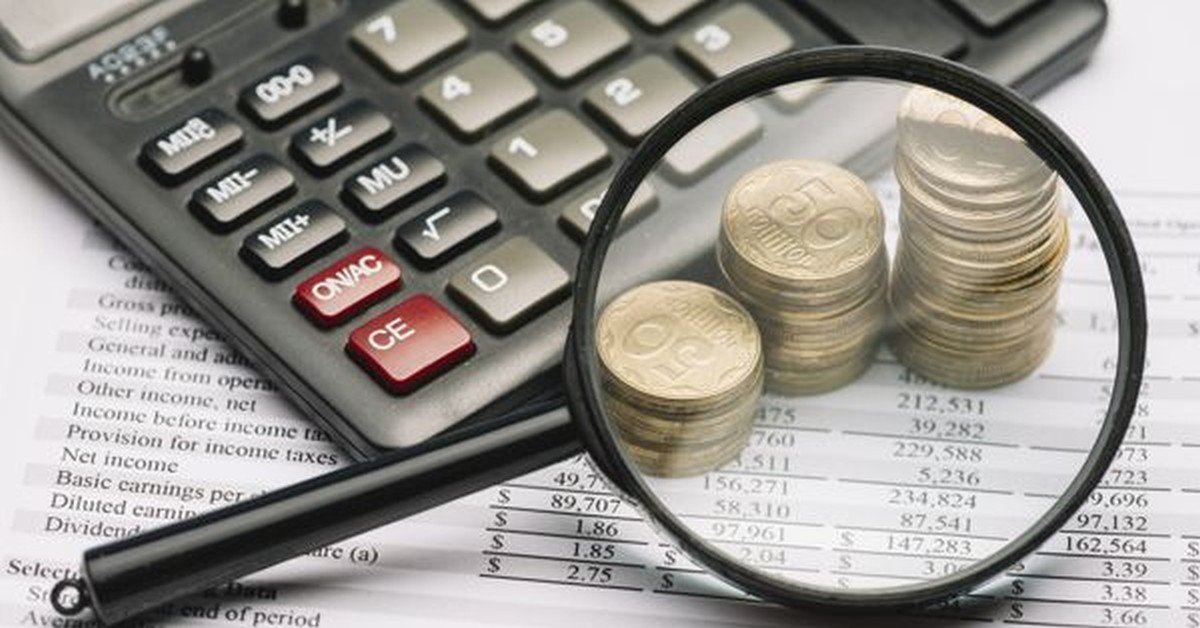Self-assessment: In terms of Section 2(11) of the Act, 'assessment' means determination of tax liability under this Act and includes self-assessment, re-assessment, provisional assessment, summary assessment and best judgement assessment. It is important to note that there is no provision permitting a Proper Officer to re-assess the tax liability of taxable person. The provisions of the law permit a registered person to rectify any incorrect particulars furnished in the returns. In terms of Section 39(9), if a registered person discovers any omission or incorrect particulars furnished in a return, he is required to rectify such omission or incorrect particulars in the return to be furnished for the tax period during which such omission or incorrect particulars as are noticed (on payment of due interest), unless the same is as a result of scrutiny, audit, inspection or enforcement activity by the tax authorities, or such rectification is time barred (i.e., after the due date for furnishing of return for the month of September or second quarter following the end of the financial year, or the actual date of furnishing of relevant annual

Self-assessment
Self-assessment means an assessment by the registered person himself and not an assessment conducted or carried out by the Proper Officer. The GST regime continues to promote the scheme of self-assessment. Hence, every registered person would be required to assess his tax dues in accordance with the provisions of GST Act and report the basis of calculation of tax dues to the tax administrators, by filing periodic tax returns.
The provisions of the law permit a registered person to rectify any incorrect particulars furnished in the returns. In terms of Section 39(9), if a registered person discovers any omission or incorrect particulars furnished in a return, he is required to rectify such omission or incorrect particulars in the return to be furnished for the tax period during which such omission or incorrect particulars are noticed (on payment of due interest), unless the same is as a result of scrutiny, audit, inspection or enforcement activity by the tax authorities, or such rectification is time barred (i.e., after the due date for furnishing of return for the month of September or second quarter following the end of the financial year, or the actual date of furnishing of relevant annual return, whichever is earlier). Further, Para 4 of Circular 26/2017 dated 29.12.17, clarifies that in case of summary returns like GSTR-3B, where there are no separate tables for reflecting tax effects of amendments for past periods are available, the figures pertaining to the current month can be adjusted for past month amendments, so long as the amount is not negative. These provisions exhort the concept of self-assessment.
It is important to note that 'self-assessment' does not confer authority of an assessing officer (called Proper Officer) on the taxpayer. Taxpayer must exercise this liberty to assess tax liability voluntarily with the perils of interest and penalty for any miscalculations or misinterpretations without usurping the role of Proper Officer.
For eg. If tax is charged in excess to a customer and the same has been reported in GSTR 1 and paid in GSTR 3B, whether taxpayer on realizing the error, is required to file a refund claim under section 54 or free to adjust the excess with any other dues. BOI Balance Enquiry. And if the tax is correctly charged to customer but error is in GSTR 1 and GSTR 3B, whether taxpayer is still liable to file refund under section 54 or does section 59 permit taxpayer to suo moto adjust the excess by reducing any other tax payable.
Experts are of the view that taxpayer must submit to the jurisdiction of Proper Officer to examine and sanction refund in case the tax charged to customer is in excess by filing a refund application and not merely when the errors is in reporting in GSTR 1 and 3B and not in tax invoice issued to customer. CA Final Result. It is on this premise that experts opine that ANX-1 containing instructions that 'tax dues admitted in ANX-1 will be liability under the Act' may not be entirely in accordance with law.
The point therefore is about the 'limits' to this liberty of self-assessment cannot be lost sight of while complying with GST. Self-assessment does not mean 'unsupervised self administration'.
FAQs
Q1. Who is the person responsible to make self-assessment of taxes payable under the Act?
Ans. Every registered person shall self-assess the taxes payable under this Act and furnish a return for each tax period as specified under Section 39.
Issues and Concerns
In respect of discharge of any additional tax liability that may arise on account of any reworking or re-computation etc., (for example - Reversal of input tax credit on account of obtaining completion certificate required under any law for the time being in force by a builder in the construction sector), the proportionate input tax credit ought to be reversed (in the above example, in case of unsold flats). RSCIT Online Test. The quantum of reversal of taxes relating to the pre-GST regime cannot be reflected in the GST returns, since the credits have been availed under the erstwhile laws (which may or may not have been carried forward as transitional credit). In so far as GST returns are concerned (presently GSTR-3B), the return does not permit/allow a registered person to enter the proportionate reversal of Credit.







 CAclubindia
CAclubindia
